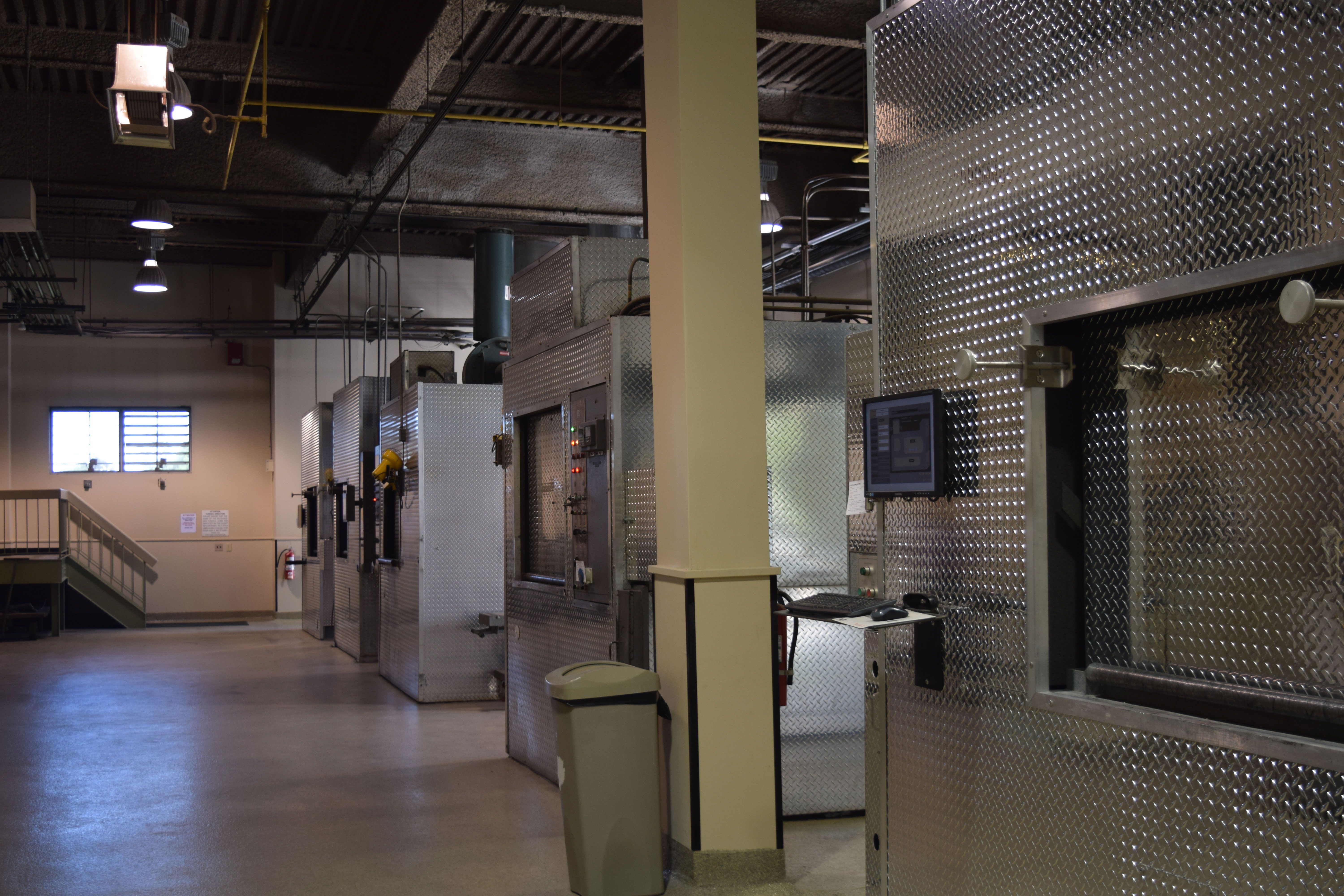End of Life Issues
Related: About this forumBURNING OUT: WHAT REALLY HAPPENS INSIDE A CREMATORIUM
Four decades ago, less than 5 percent of Americans were cremated. Now that figure stands at nearly 50 percent. This is how cremation actually works, and the story of what happens to a culture when its attitudes about memorializing the dead undergo a revolution. ?crop=1xw:1xh;center,top&resize=3543
?crop=1xw:1xh;center,top&resize=3543Rosehill Cemetery in Linden, New Jersey, is awash in small-town trappings: tree-lined roads, rolling lawns, and street signs at every corner. On this Wednesday midsummer morning, the familiar routine of loss plays out across the acres. A yellow taxi waits at the end of a row of graves for someone paying their respects. Men and women clad in church clothes line up their cars along the curb and make their way to a grave site. A backhoe digs out some earth, another spot for another resident.
This is the textbook way we treat our dead. Someone passes, they’re buried, a headstone marks their place out among the rows in the borough of the departed. But today I’m bound for a different part of the cemetery, one fewer people see—though that fact is rapidly changing.
This place is called the columbarium, and at first, the very existence of this vast chamber full of urns can come as a surprise. In the movie version of life and death, a cremated person’s remains sit up on the shelf at home, or friends scatter their ashes in the wind over a sacred locale. In the real world, many cremated people stay in the cemetery, just like their buried counterparts.
Rose-colored carpeting covers the floors here. The whir of a vacuum cleaner punctures the silence. Cubby holes or niches line the walls, and the varying sizes and styles of urns within them marks the passing of the eras. Older urns are ornate; one is topped by an eternal flame, while another is shaped like a Bible. One inscribed “Henrietta Leiber, 1866-1933” is shaped like an acorn. Next to it leans a photo of Henrietta, who’s standing behind a chair in a sleeveless white dress and long pearls, her hair fashioned in a bob like a flapper.
More contemporary urns are boxier and cleaner in style. They’re also larger, and not for vanity’s sake. The cremation process recovers a lot more of the human body than it used to. Some families have packed their niche with flowers, family photos, or pictures of Jesus. Others skipped the niche entirely and entombed the cremated remains behind a marble plaque. It is a curious thing, as if the body was broken down into its smallest organic parts, then surrounded with stone to protect them.
Full article at:
https://www.popularmechanics.com/science/health/a18923323/cremation/?src=socialflowFBESQ
Wwcd
(6,288 posts)Probably should bookmark this for "future" ref.![]()
It is interesting what brought about the acceptance of cremation, as old traditions were phased out when budget & cemetary space became a concern.
KT2000
(21,784 posts)for a period of time - 15 - 30 years.
Caskets are dug up at the end of the period and if any remains are still there, they are buried in another area of the cemetery. The gravesite is then leased to someone else.
Interesting article.
femmedem
(8,528 posts)This is what I would want, because it seems like the most sustainable option. https://www.ctgreenburialgrounds.org/
central scrutinizer
(12,621 posts)She died 13 months ago from pancreatic cancer. Family and friends contributed pieces they had knitted, crocheted, embroidered, sewn and all of these were sewn together to make a burial shroud (only natural fibers, no synthetics). Her brothers made a shrouding board from untreated pine. No embalming, the body was kept refrigerated until the burial. Her body was wrapped in the shroud, strapped to the board and lowered into the grave. We shoveled the dirt back in ourselves. Cathartic process, lots of sobbing as we created and assembled the shroud. In 25 years if the space is needed, the grave will be reopened, any remaining bones will be reinterred in a deeper hole below the existing one.
femmedem
(8,528 posts)I hope it helps, a little, as you work your way through such a profound loss. ![]()
handmade34
(23,715 posts)there was no place for cremation in Vermont... my Grandfather drowned in Mallard's Bay (Lake Champlain) and they had to take his body to Troy New York to cremate... (cremation because they sent him to Illinois to be buried next to his mother in Belvidere (right next to a Frank Lloyd Wright building ![]() )
)
interesting article...
we have a crematorium in our little town and I have used their services a number of times ![]()
yallerdawg
(16,104 posts)where cremation is not allowed by Catholic tradition, the above sea-level tombs were built like brick ovens. As the bodies and wooden caskets rapidly deteriorated, the tomb was opened and a fresh "Loved One" would start the process over again.
These really were "Family Crypts!"